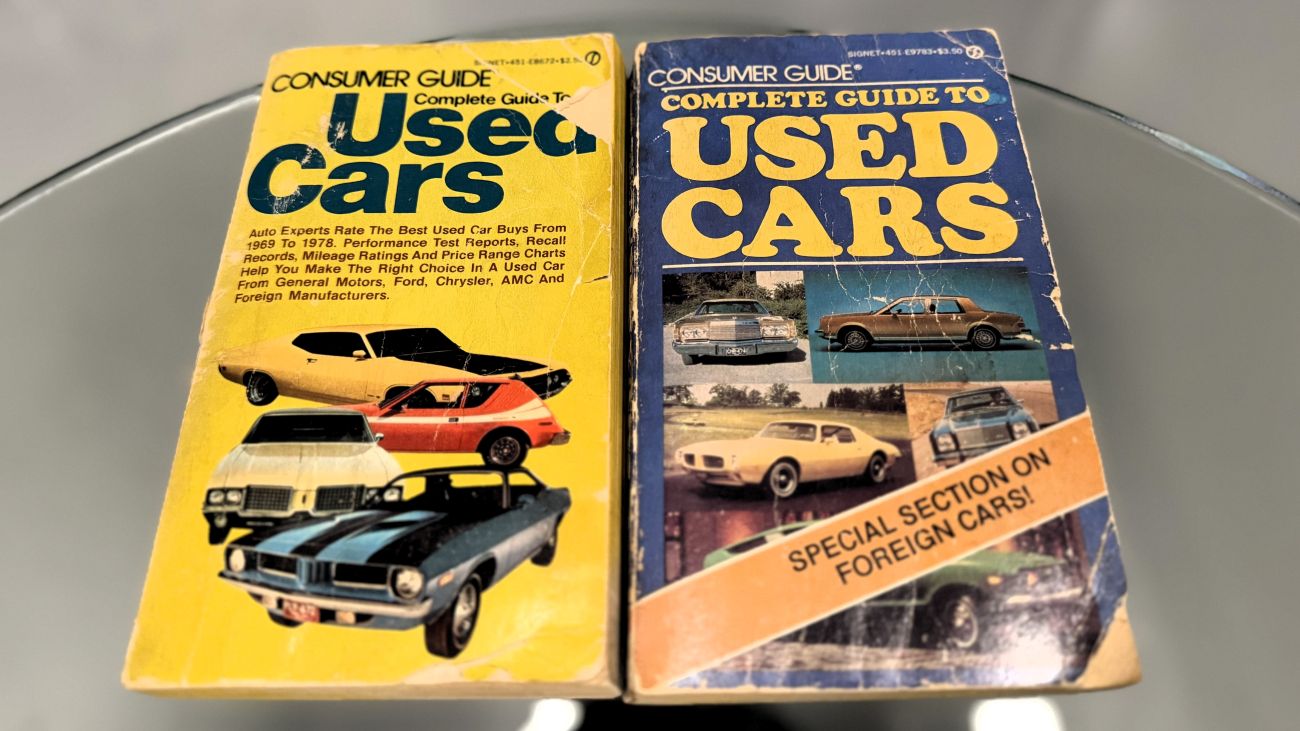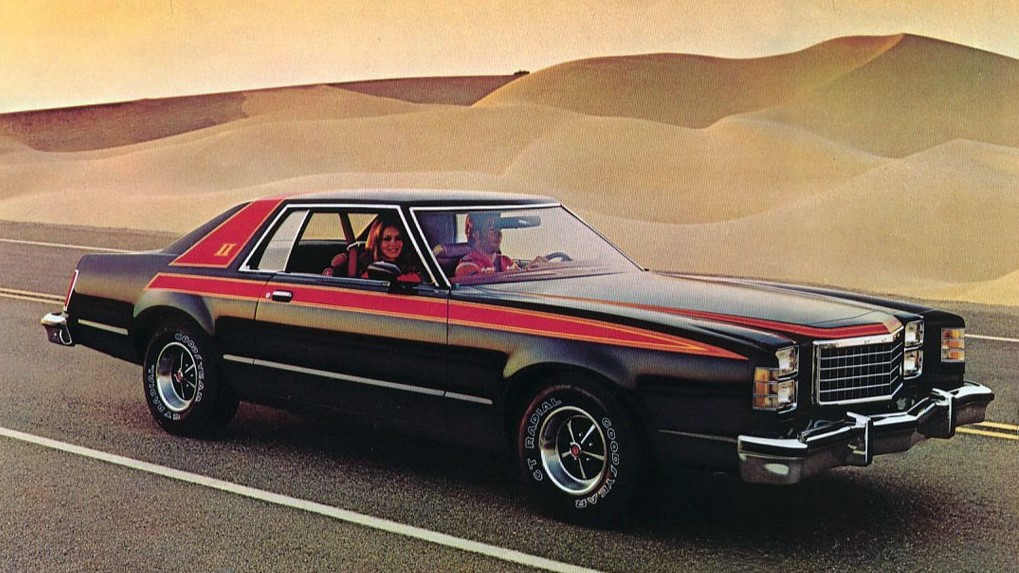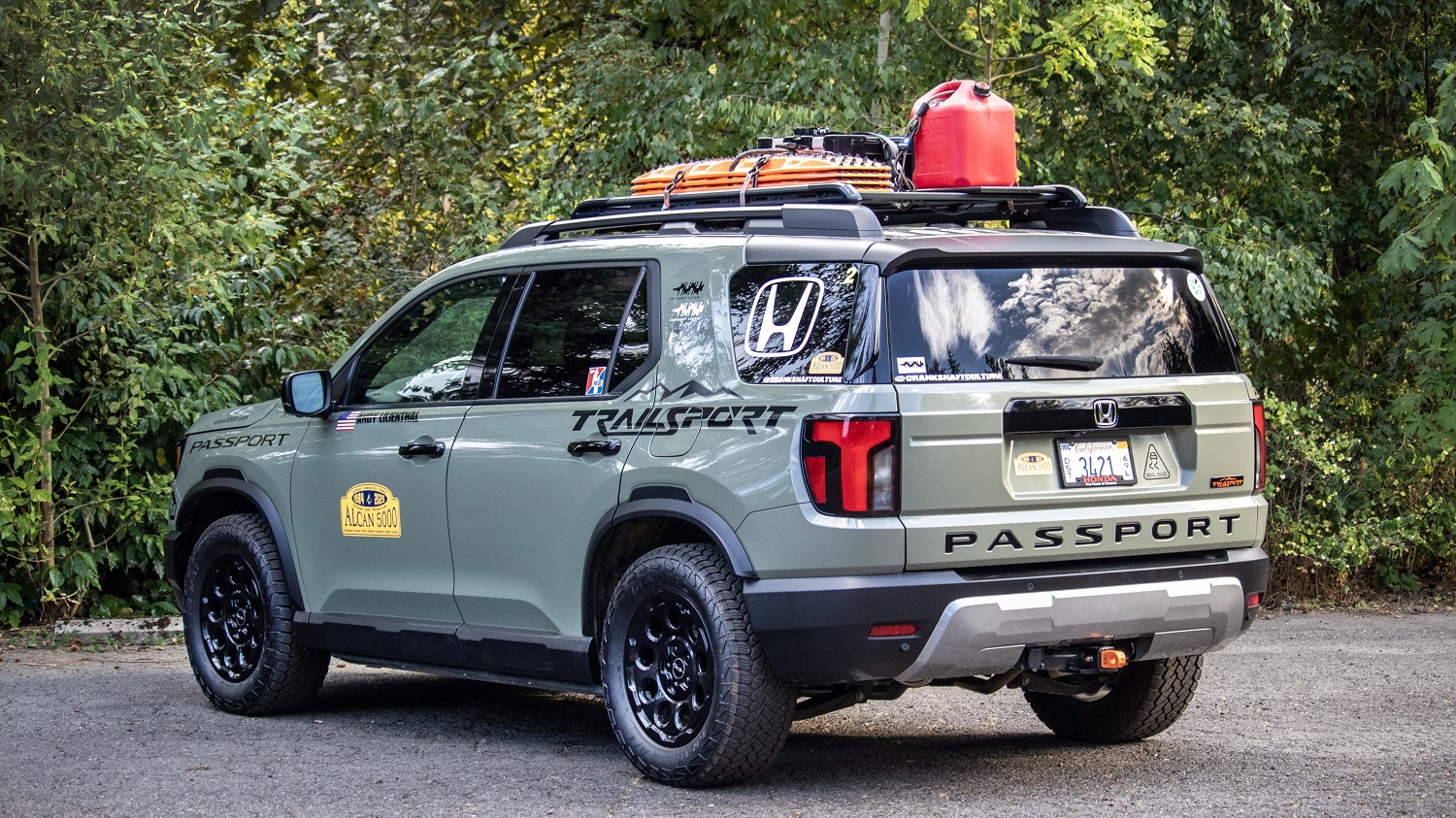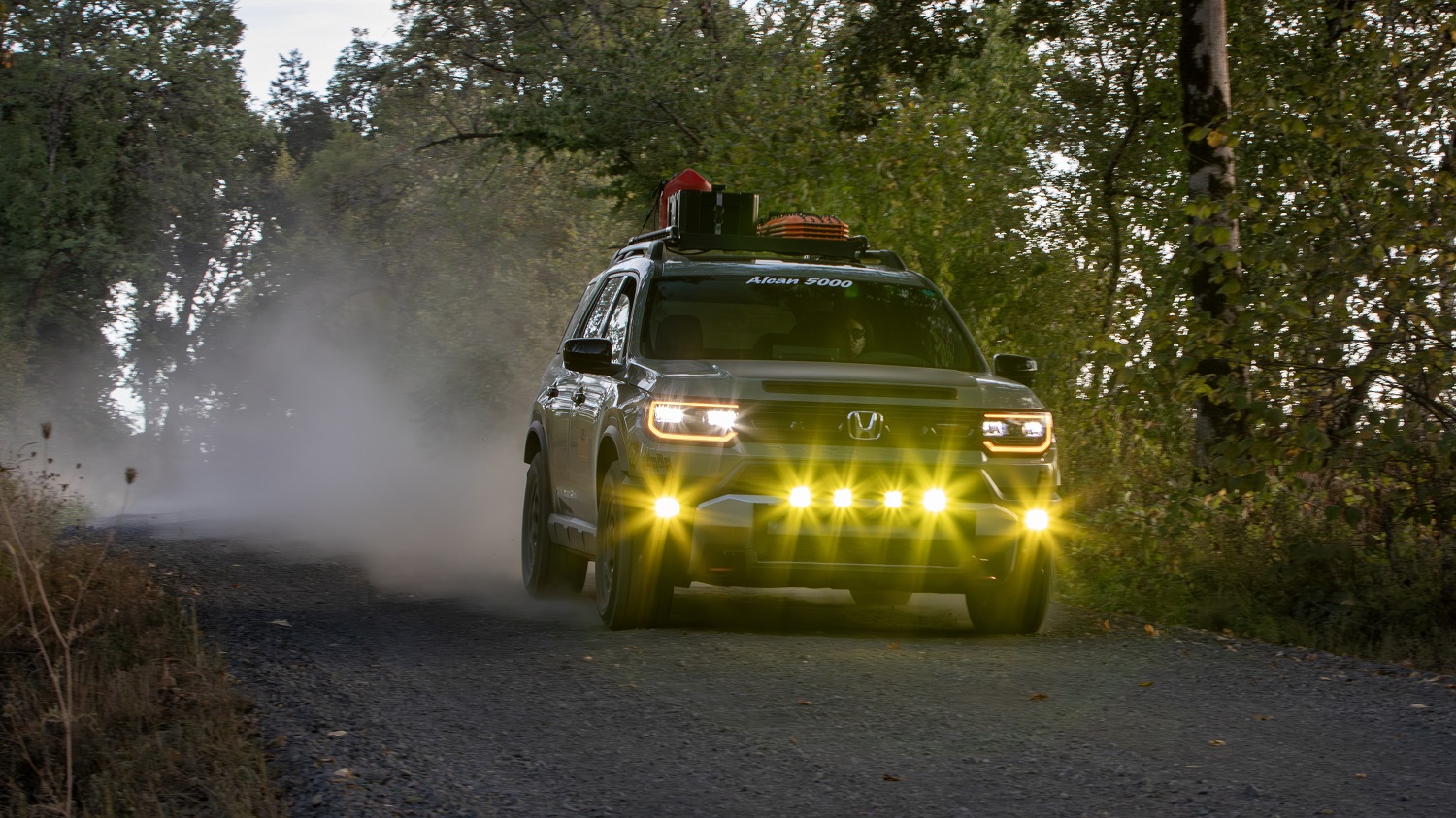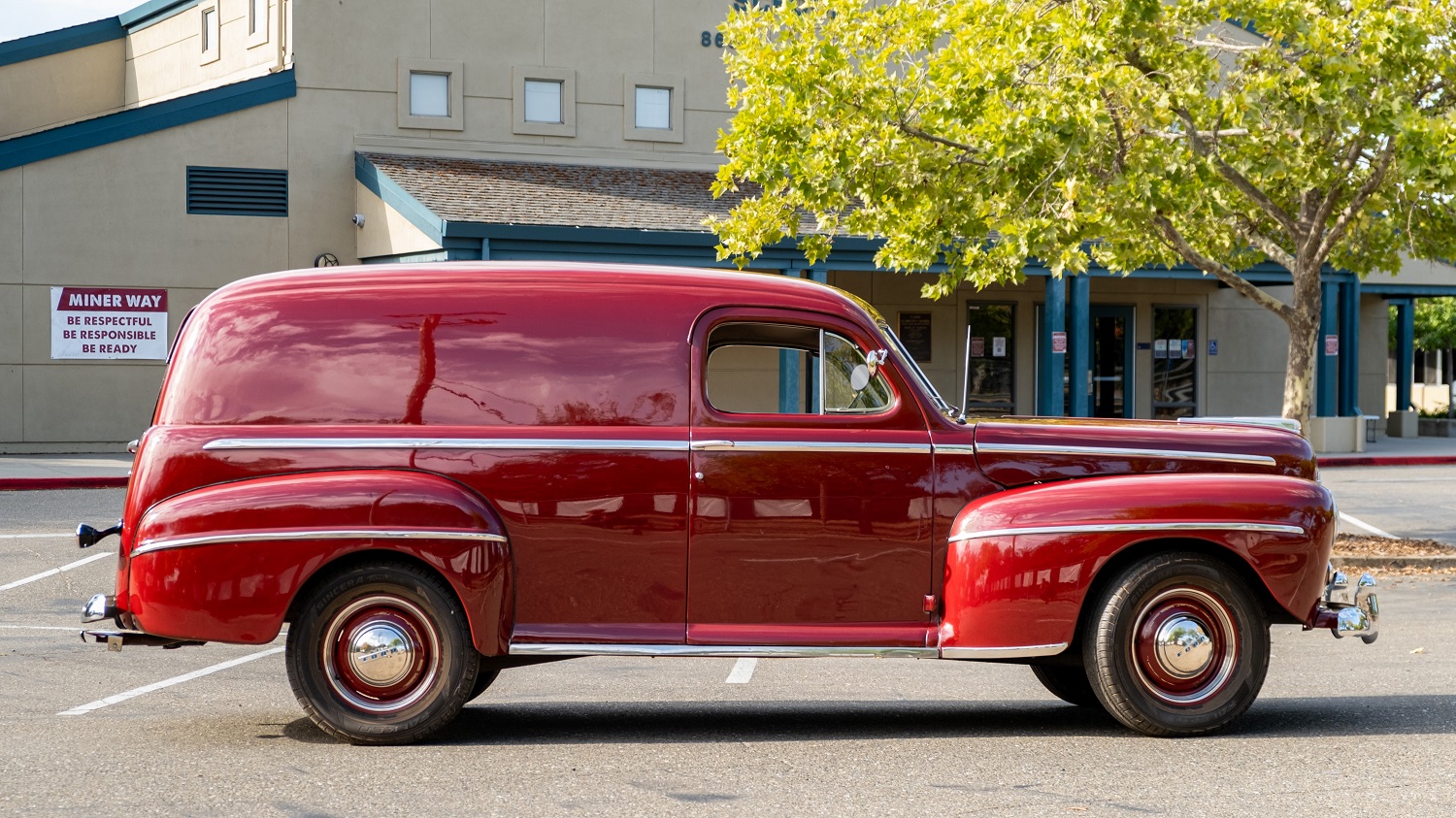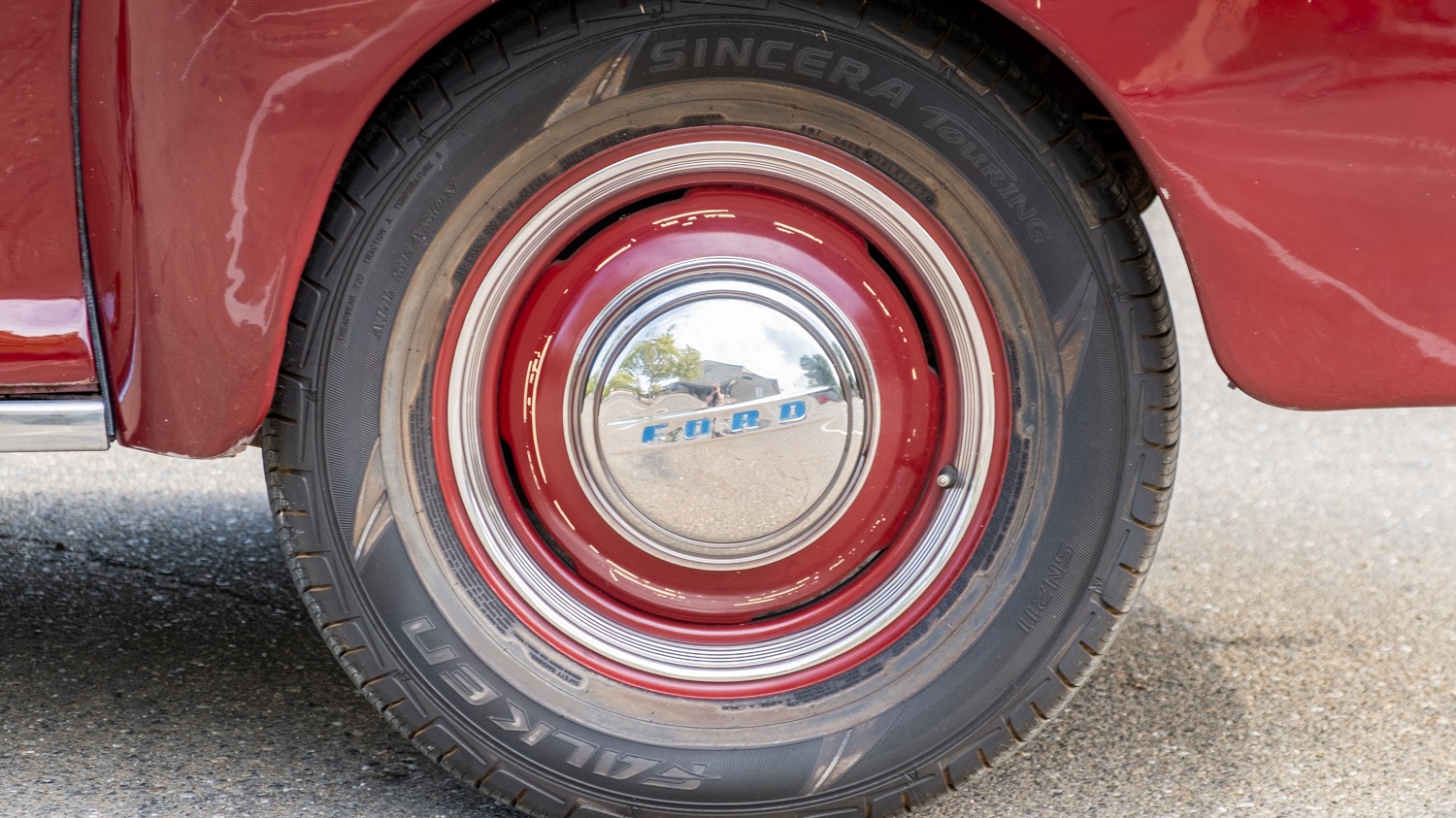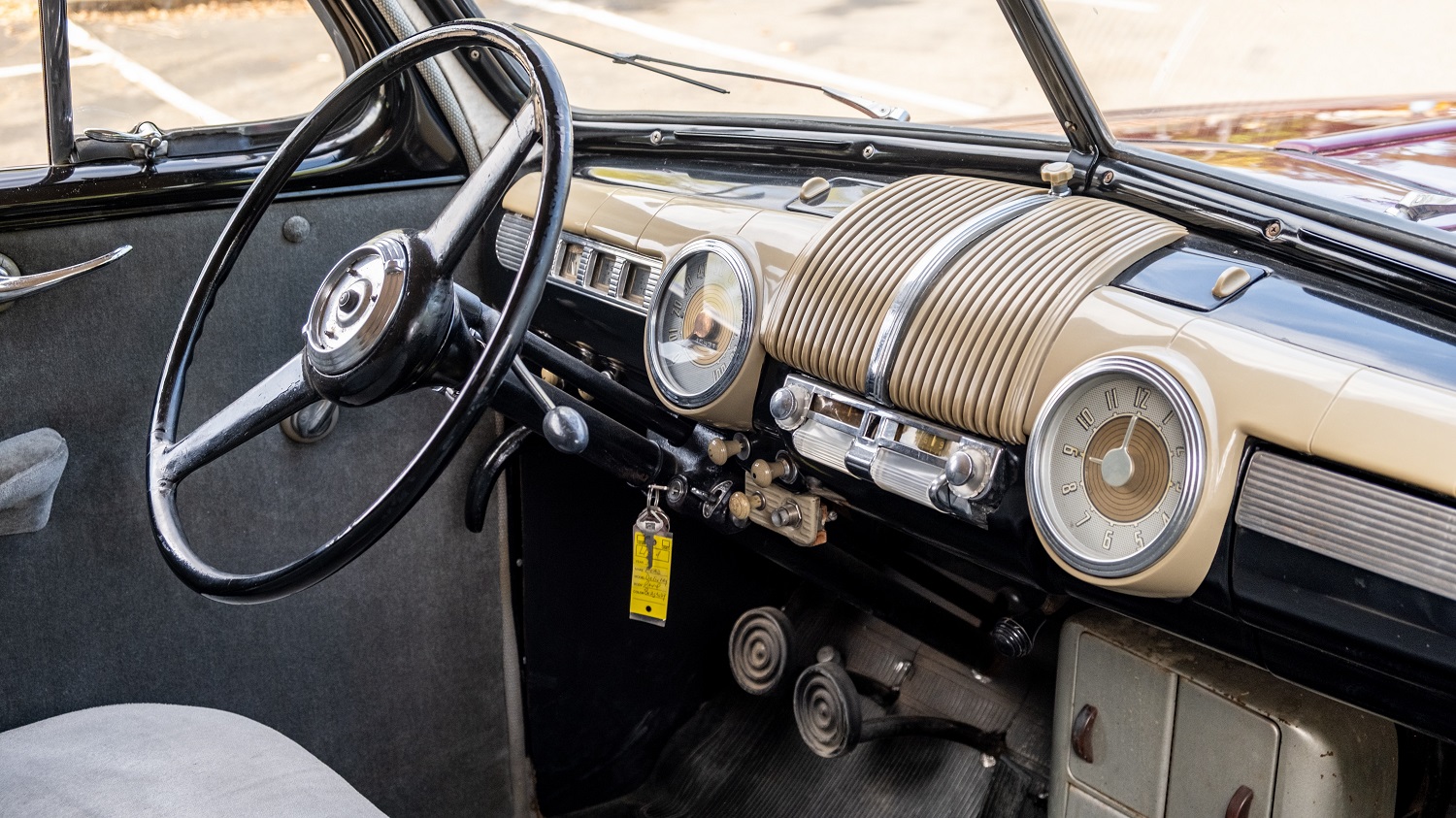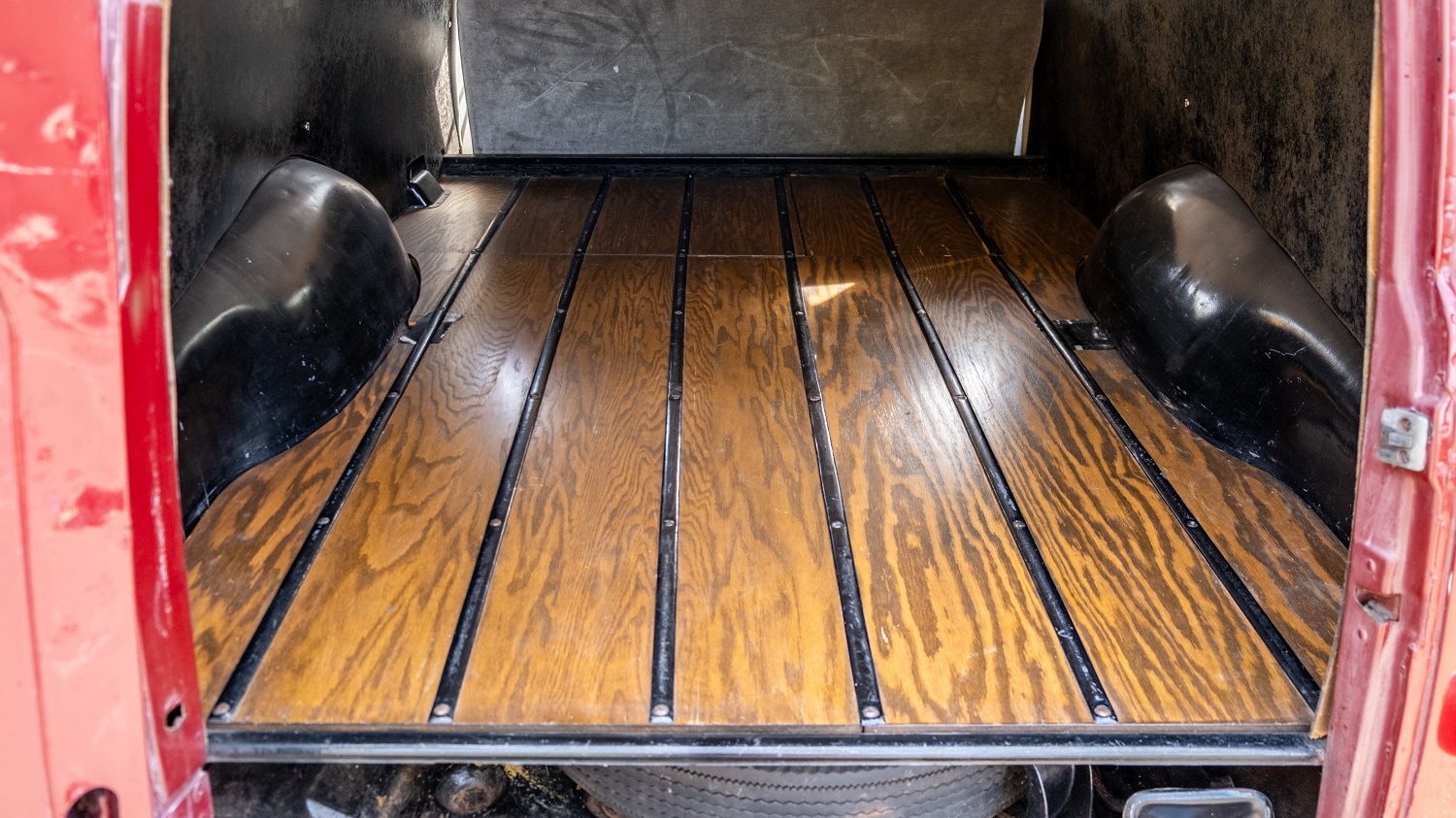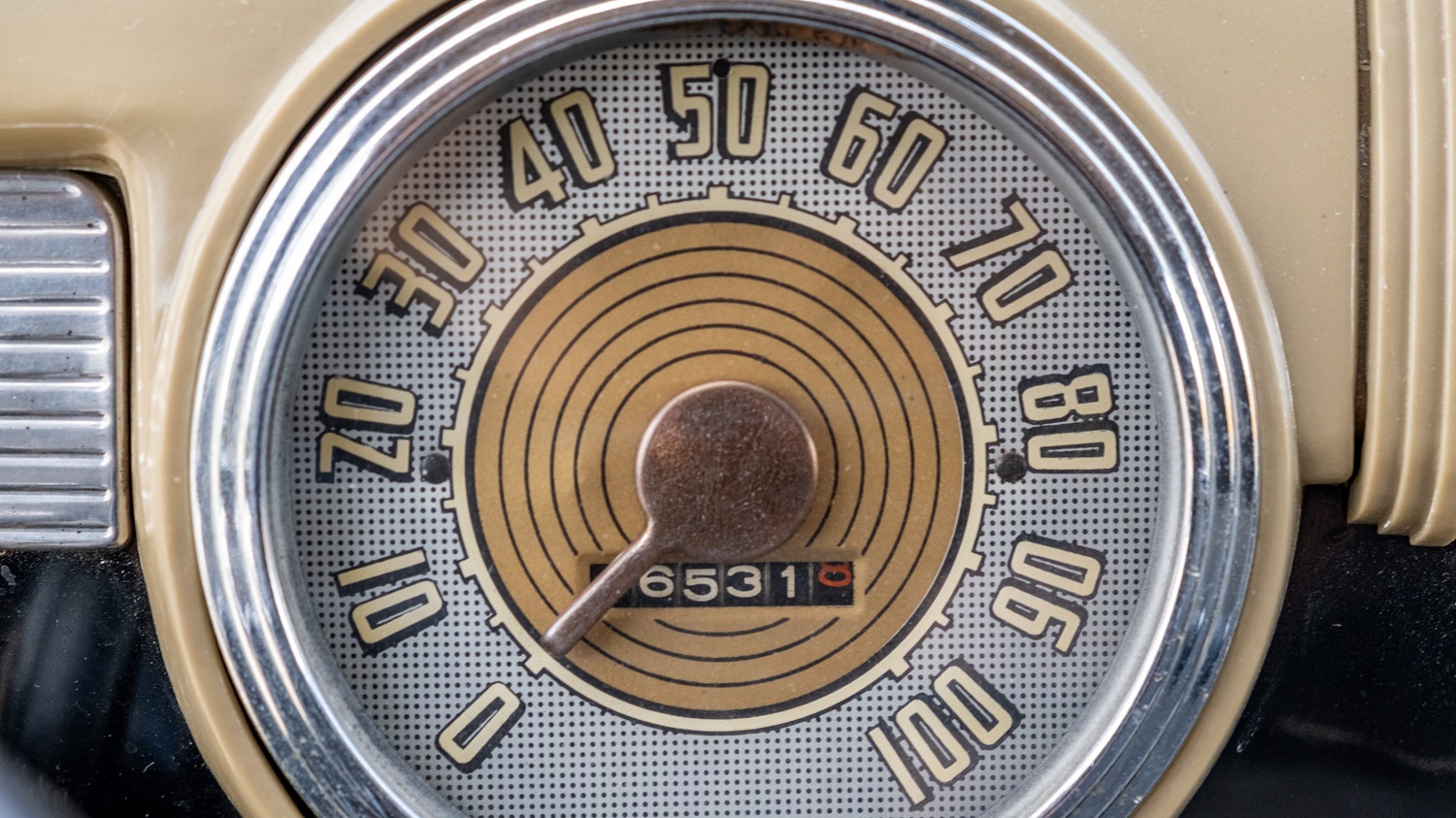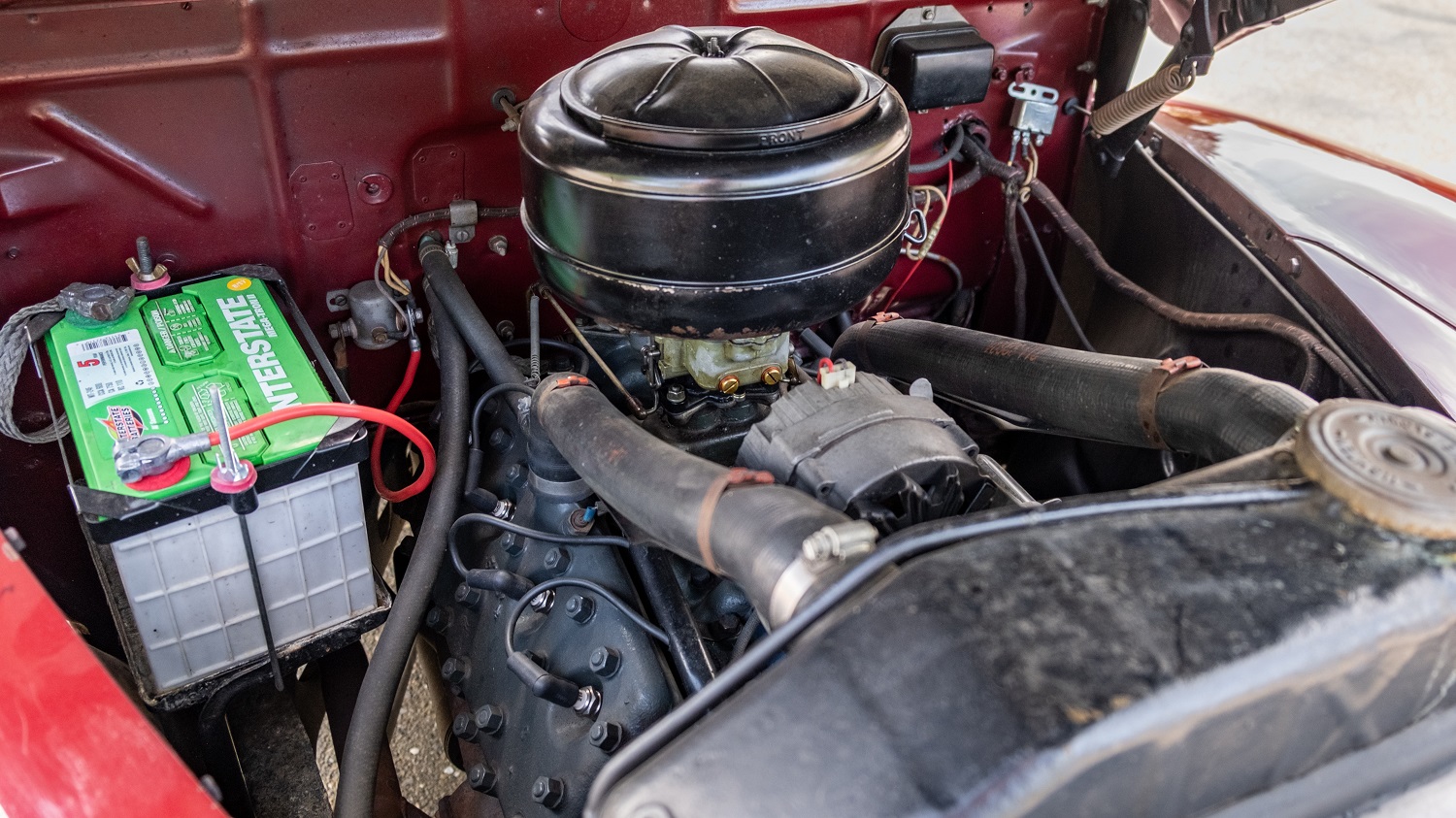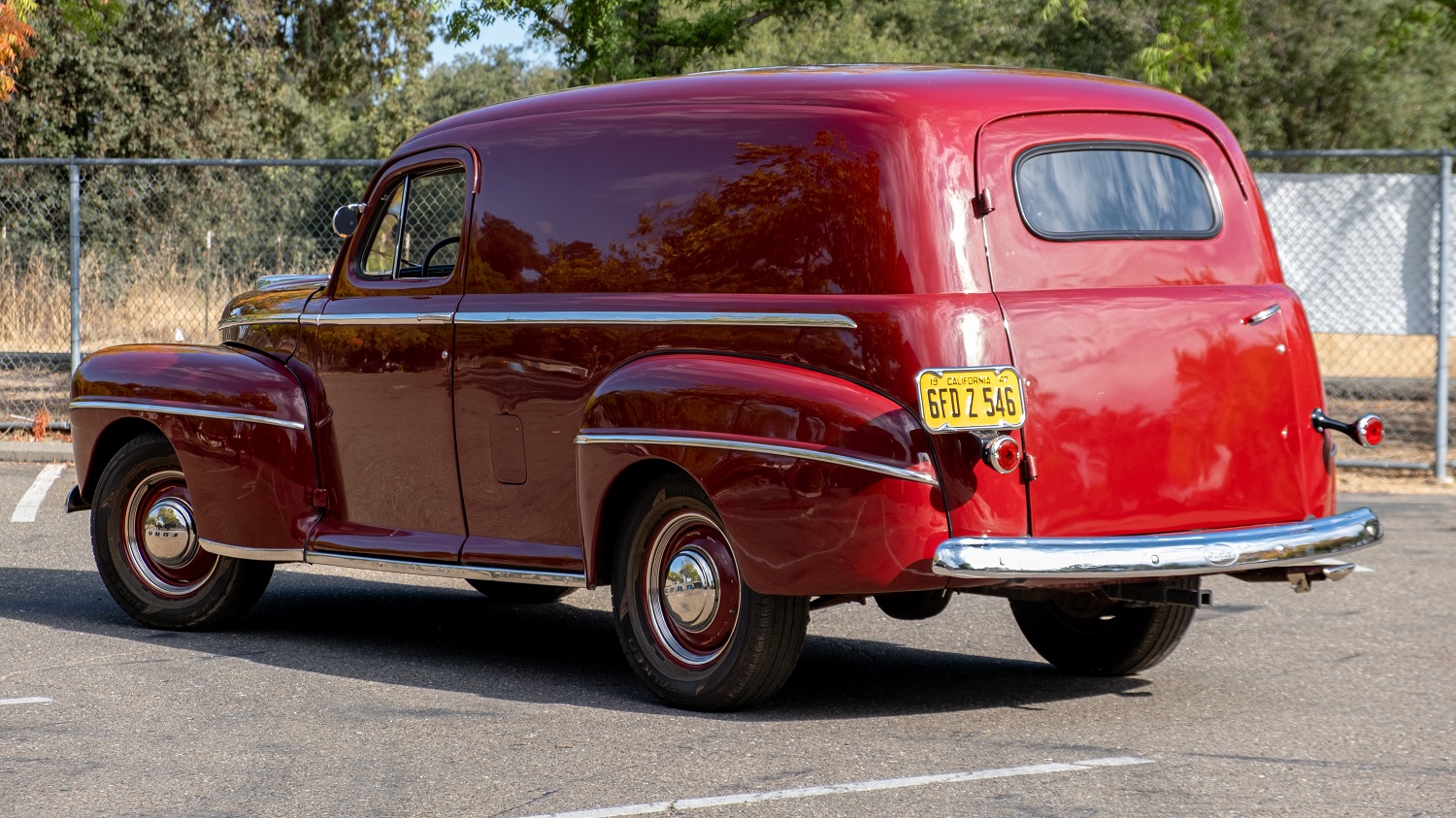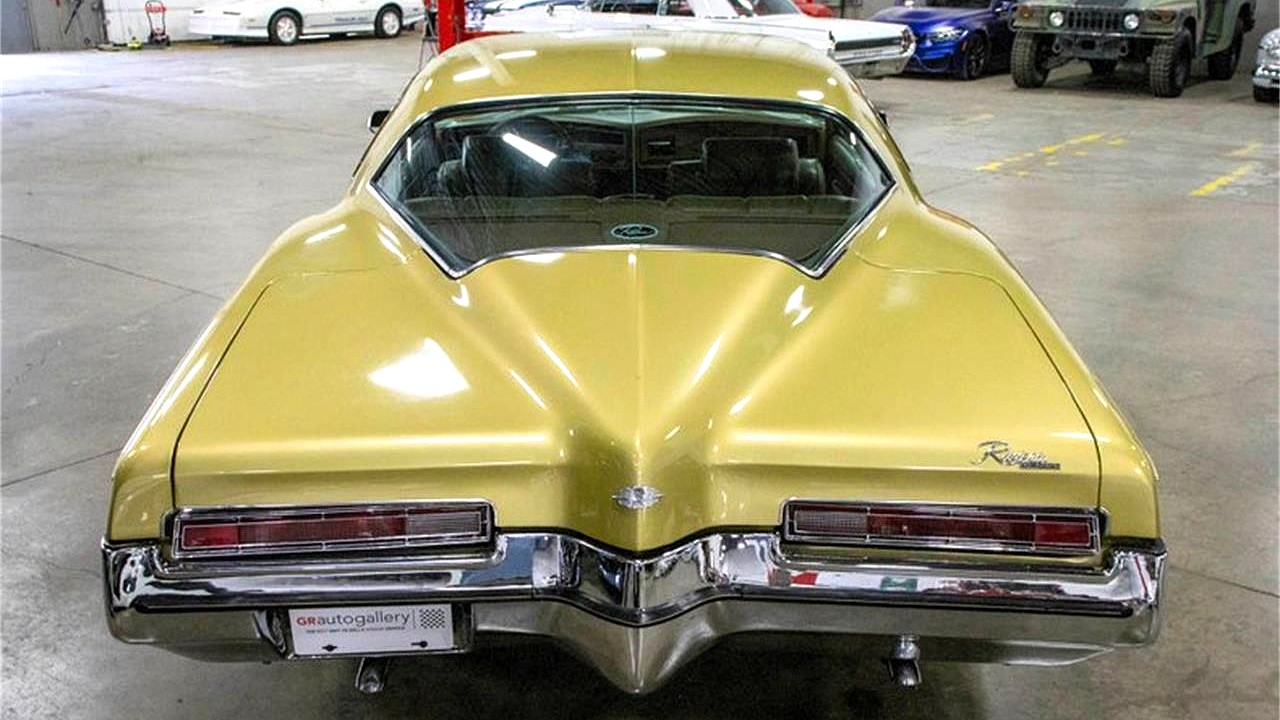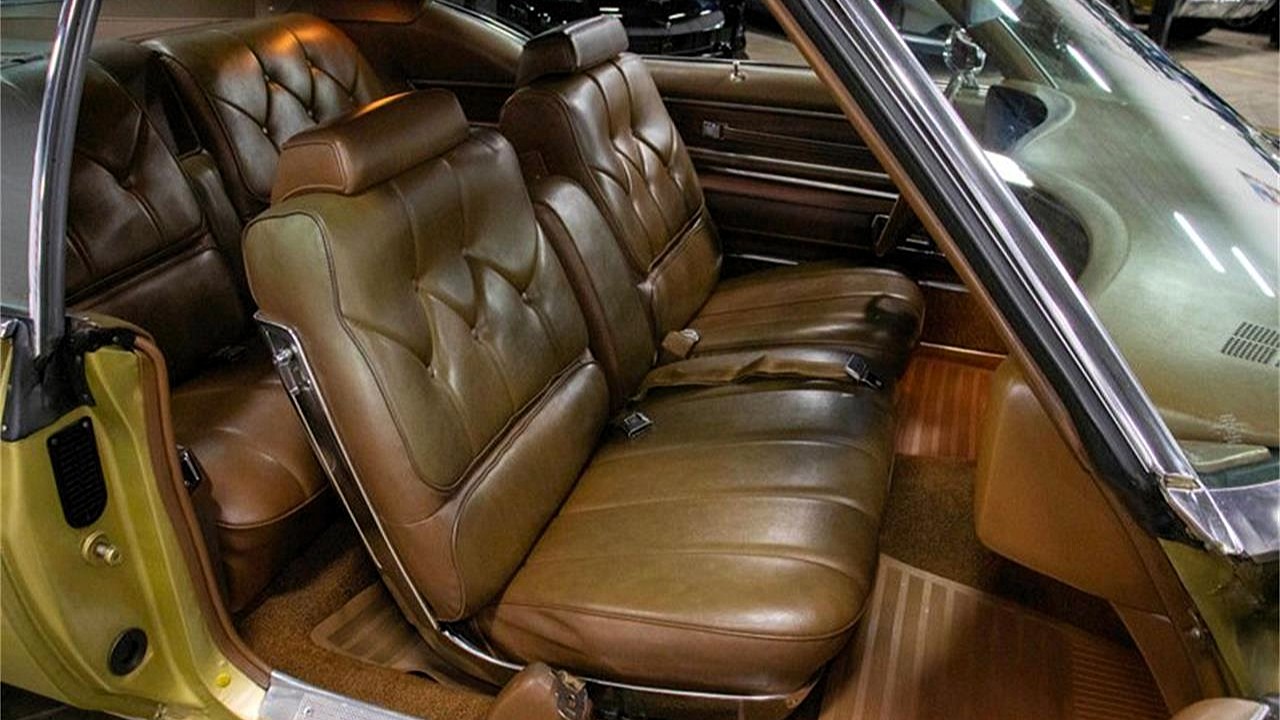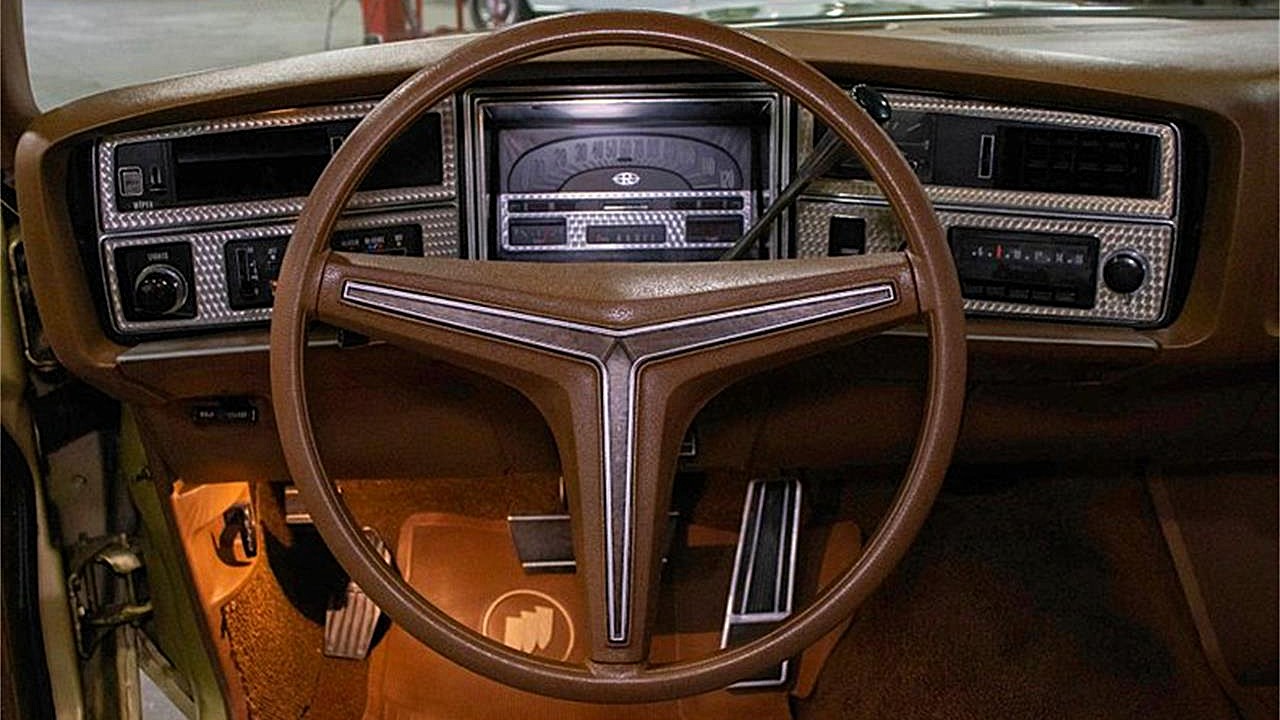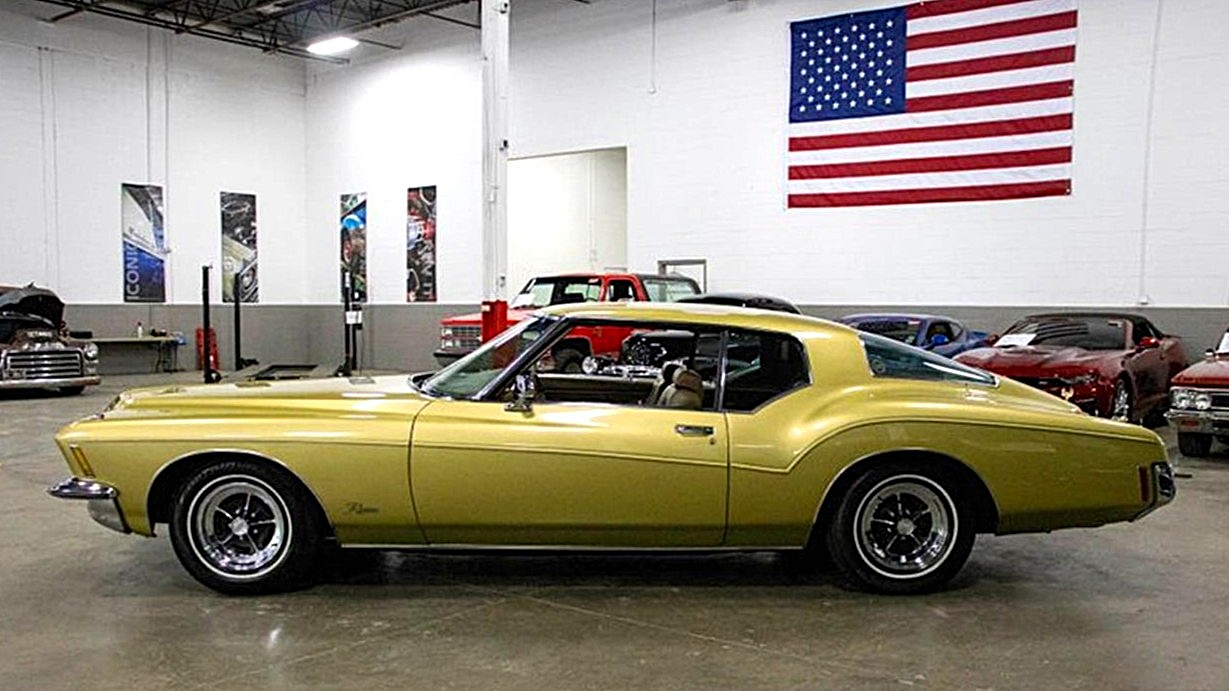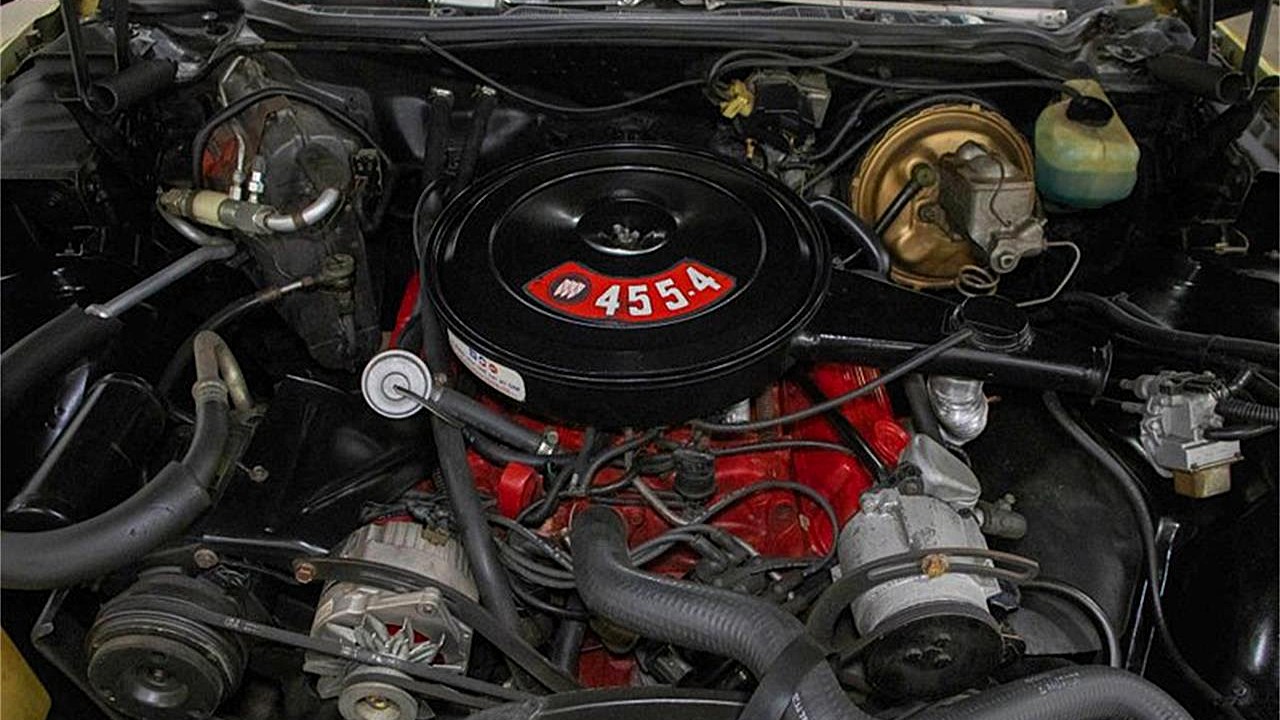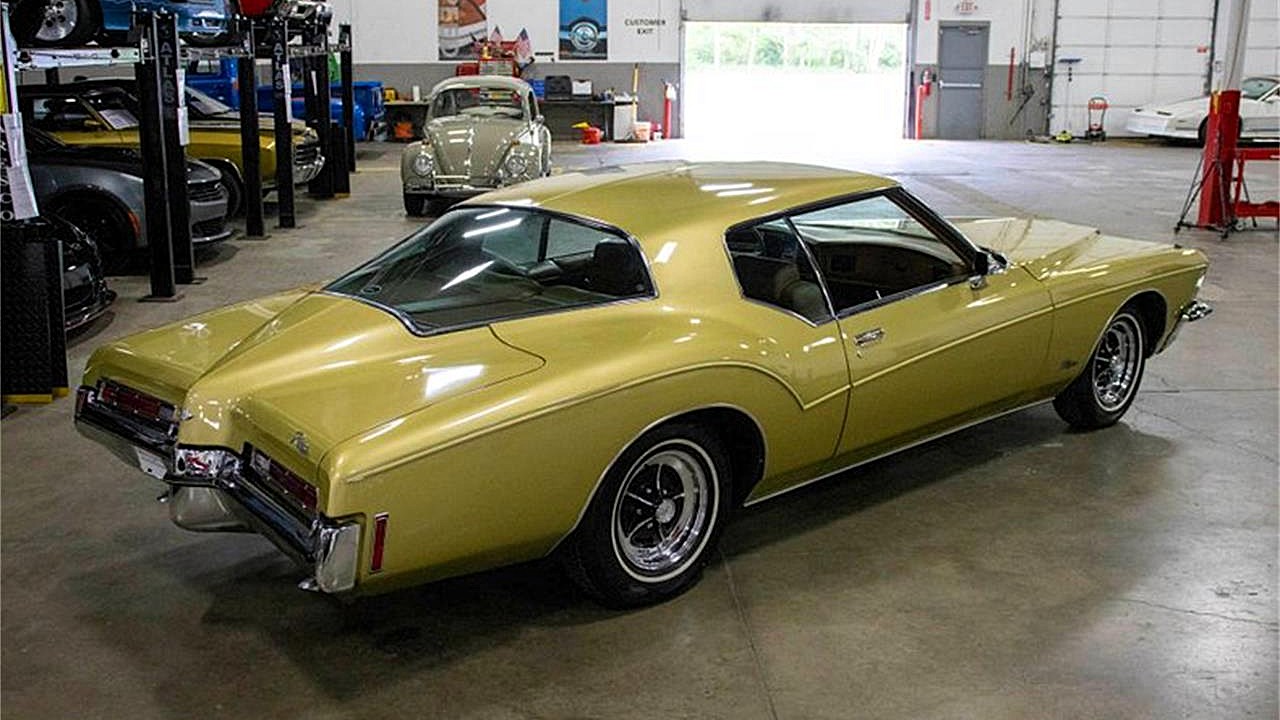Ra ra ra, sis-boom blah blah blah, cut him open and see what he’s made of! Oops, wait a minute, we are not talking about a rabid college football fan, this is an automotive site. The fans we speak of are the ones that sit between the engine and radiator of your car (or truck, no judgement here). All engines need an assist on the cooling side, specifically under 40mph where the air speed is too low to properly engage in the beautiful act of thermal exchange.
Most vehicles, OE and custom, use electric cooling fans these days and for good reason. Electric fans save horsepower by reducing drag on the engine, increase thermal efficiency of the cooling system, and can even help cool the system after the key is turned off. Mechanical fans have their place, but for most vehicles, the electric fan is the best solution. With that settled, there are still decisions to make, namely the type of fan you need.
In this article, we are focusing on the drive style of electric fans. There are three types of electric fan drive: Brushed, Brushless, and PWM. Each type is sufficient for any vehicle, but there are benefits and drawbacks of each type, so let’s blow the lid off this situation and help you make the right choice for your application.
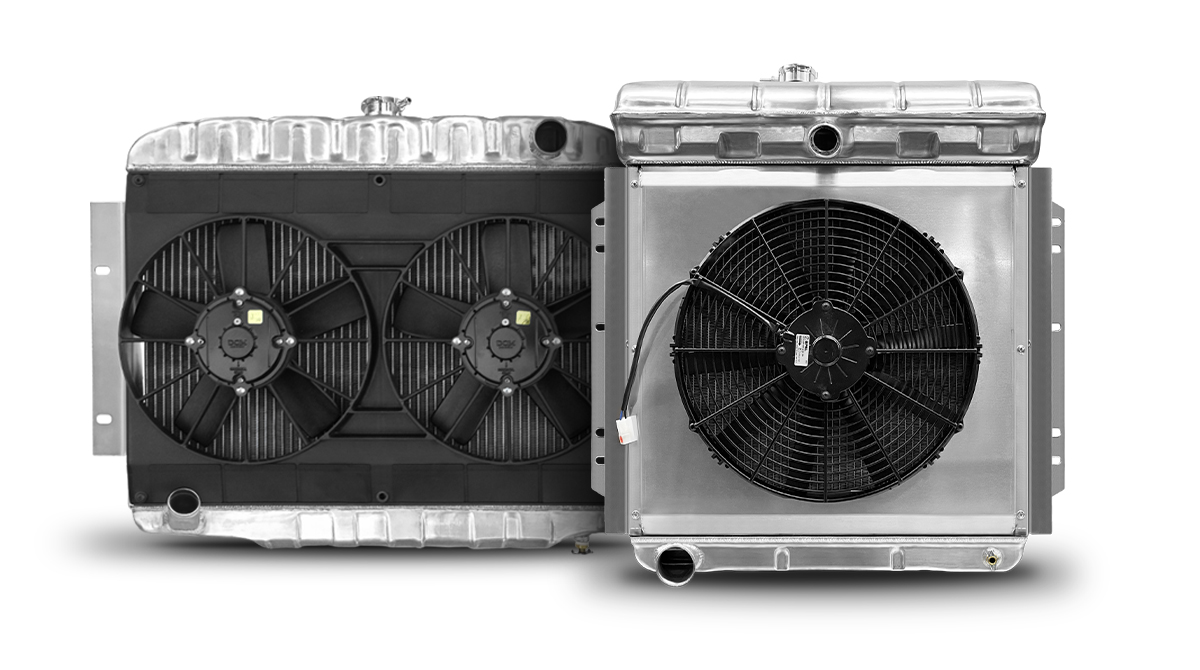
Brushed
This is the single most common style of cooling fan available. Most aftermarket fans are brushed, and prior to the 2010s, nearly every new car and truck came with a brushed cooling fan. Without getting too technical, brushed motors use spring-loaded brushes to physically connect the positive and negative terminals to the coils of the motor. These motors use permanent magnets on the outer ring (stator), and the electromagnets are on the rotor (spinning shaft). As the motor spins, the commutator (contacts for each electromagnet) spins inside the brushes, making the necessary momentary electrical connection for each coil in the assembly (called an armature). In essence, this is a friction motor, as the brushes must maintain contact with the commutator. Brushes are typically made of carbon or graphite, which is soft and eventually wears down. Brushes are the most common failure point for electric motors, sometimes they are easily replaceable, sometimes not.
Brushed radiator fans are usually single speed, with basic on/off function. There is no internal controller or electronics. Simplicity at its best. They don’t last as long but they are relatively cheap, you can get a generic 16” brushed fan for $50, a high-quality brand-name 16” will run you about $200.
Pros: Affordable, easy to operate, do not require a controller. Can be wired off a relay and triggered by the ignition switch, thermal switch, or ECM.
Cons: Fan speed is limited to around 5k RPM (make/model dependent), the brushes will “float” above that speed. They are louder than brushless and PWM and have a much lower life expectancy of around 3k hours. Require more space behind the fan itself for the motor. High amp draw at start up, which requires larger wire and fusing.
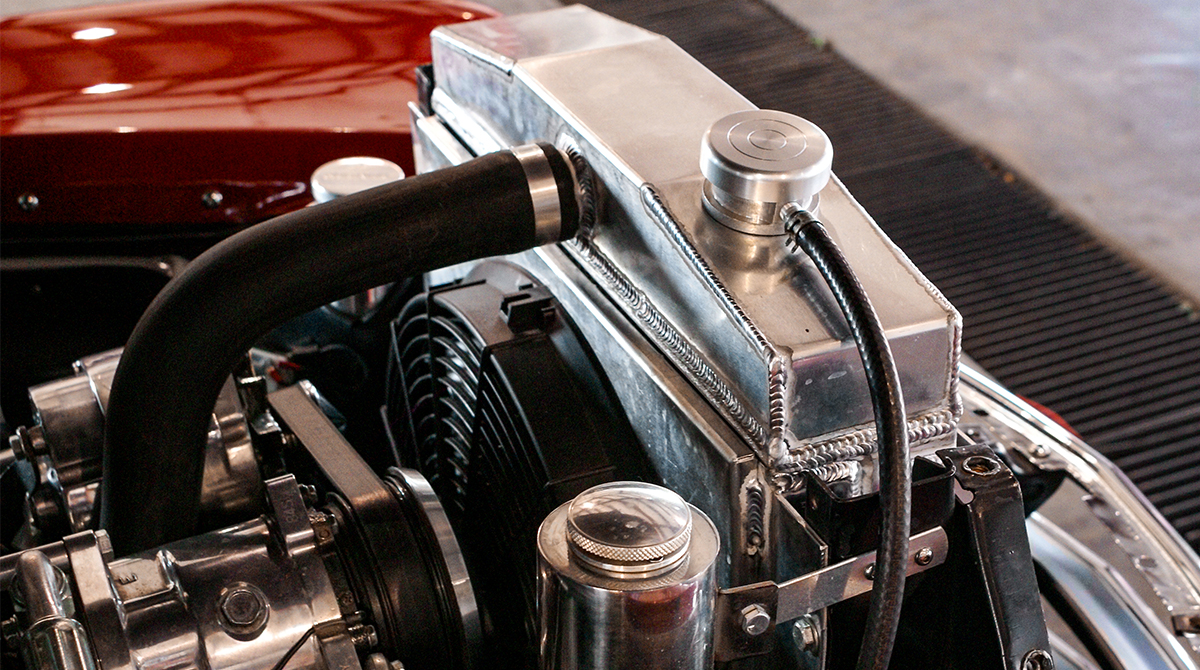
Brushless
Increasing the efficiency of a typical on/off electric motor, the brushless design gets rid of the friction-inducing brushes. In order the make this work, the brushless motor layout is flip-flopped. Instead of the electro-magnets and windings being mounted to the rotor (spiny part), they are mounted to the stator (the part that doesn’t spin), and the permanent magnets are mounted to the rotor. This removes the rotating electrical connection, thereby eliminating the main wear item.
Brushless motors are much faster as they are not limited by floating brushes. These motors are not quite as simple though, as they require a controller, which may be internal (most common) or external, to control the operation. The controller generates a rotating magnetic field which pushes the permanent magnets on the rotor to spin. Brushless motors are smaller than brushed.
Brushless fans also have some unique start-up features. They do not have the big amp-draw spike on start-up like brushed fans, this is mitigated by the fan controller, which slowly spins the fan up to reduce the sudden current draw which can blow fuses. This also means that a brushless fan won’t hit full speed for about 10 seconds after starting up. This is usually not an issue for an engine cooling fan.
Pros: High speed, exceeding 10k RPM, lower friction, quiet operation, 10k-hour+ lifespan. Thinner profile for tight installations. Infinitely variable speed, more powerful airflow (higher loaded CFM).
Cons: Controllers can fail and on average 3x more expensive. Limited size options and have a slower start-up time. Brushless controllers are more sensitive to voltage spikes and drops.
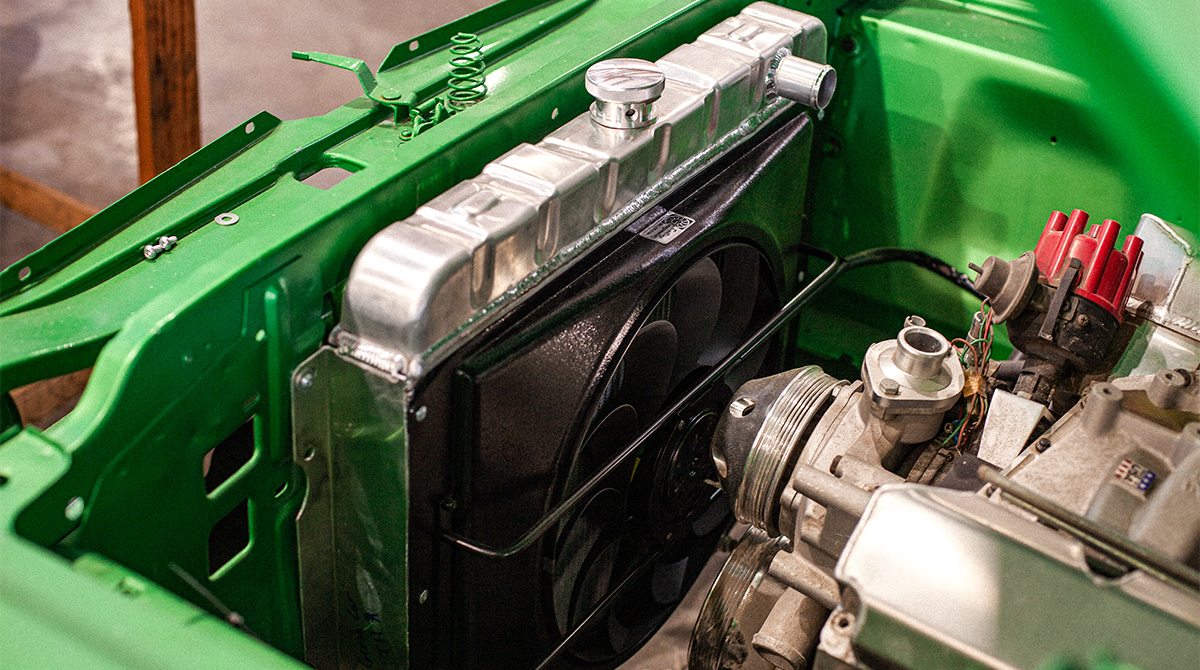
PWM
The best type of fan is not actually the fan motor itself, but rather the control type. PWM (Pulse Width Modulated) fans are brushless by design, but instead of a DC (Direct Current) controller, they use an ECM to control the speed. Instead of an “on or off” operation, PWM controllers use a binary square-wave electrical signal that rapidly switched on and off at different rates. Think of it as a bicycle pedal, “on” is when you are pushing the pedals down, “off” is when you are coasting. The PWM controller does the same thing, operating only enough to maintain the desired speed. This makes PWM incredibly efficient, using much less current (amperage) to drive the fan to much higher speeds.
PWM signals are very sensitive to EMI (Electromagnetic interference), so the wires must be shielded to protect the signal from being confused. PWM also generates RF (Radio Frequency) noise, which can cause noise in your stereo or interfere with other electronics in the vehicle. Most automotive electronics are shielded from this.
PWM fans are much more expensive, as they require an external controller. OEM applications have the controller in the ECM, but aftermarket systems typically require a separate controller that can cost several hundred dollars. Some brushed fans can be PWM controlled, which will increase the overall life of the fan.
Pros: Quiet, extremely fast speeds, “smart” operation, long life, low current draw, most efficient. Can be sped up on demand.
Cons: Very expensive, susceptible to interference. At low speeds, motor bearings can be worn out faster (less of an issue for automotive fan applications).
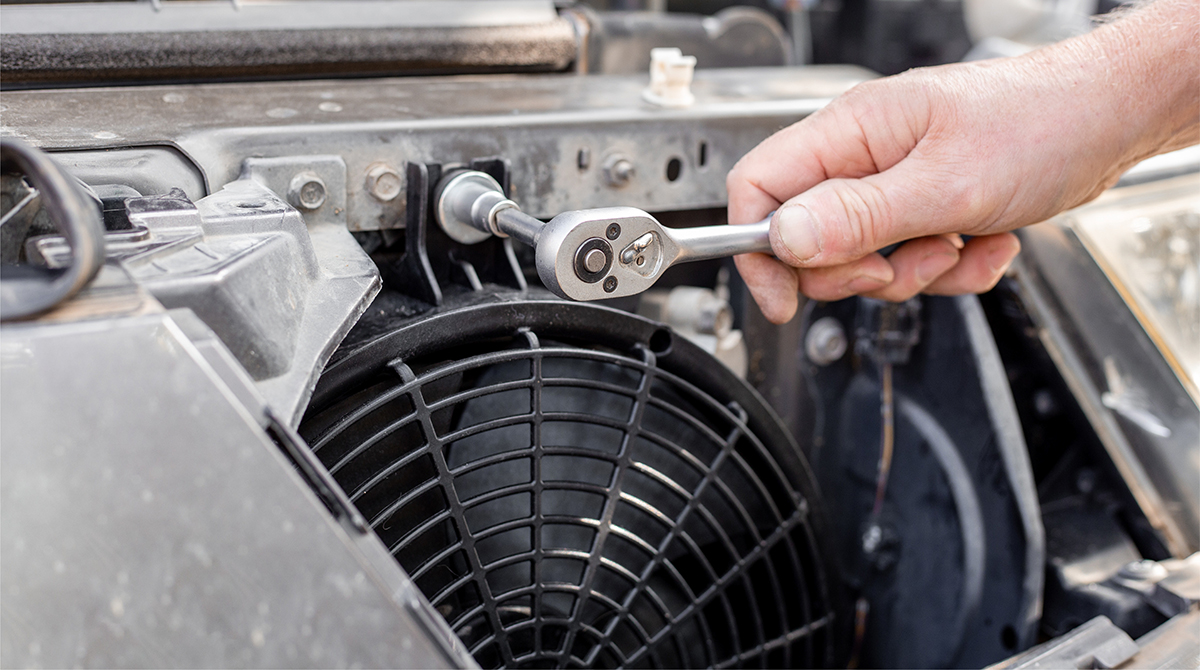
In most cases, the general recommendation for selecting a cooling fan is “buy the most powerful fan you can get in the largest size that fits.” In that vein, a brushless PWM-controlled fan is the top dog, but that also comes with a much larger price tag. You can easily spend $600-1k on a single 16” fan and PWM controller, while you can get close to the same cooling with a $200 brushed fan. If you have a very tight space to mount the fan, a brushless will likely fit better than a brushed unit. Regardless of the type of fan and control you buy, it needs to cover as much of the core as possible with a shroud to ensure the full core gets ample airflow. When in doubt, give U.S. Radiator a call at 800-421-5975 and their talented staff will get your vehicle’s cooling system sorted out.
The post What’s In A Radiator Cooling Fan appeared first on The Online Automotive Marketplace.















